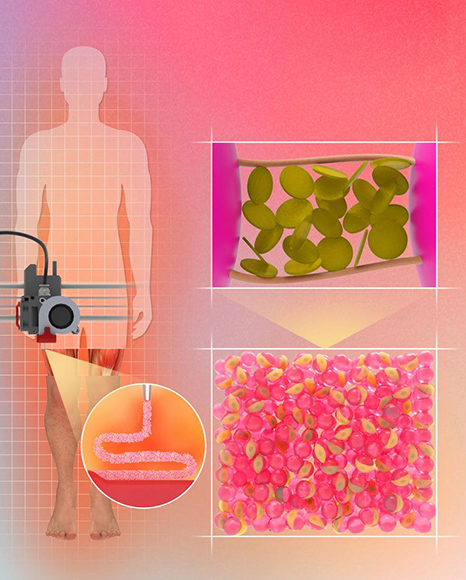Human beings are known to be good at a ton of things, but if we are being honest, there is nothing we do better than growing on a consistent basis. This ability, in particular, has allowed us to hit upon some huge milestones, with technology appearing as a major part of the stated group. Talk about why technology enjoys such a significant place in our lives, the reasons for that largely stem from the creation’s unprecedented skill-set. However, the whole runner was also, at the same time, inspired by the manner in which we used those skills. The latter component was, in fact, what gave the creation a spectrum-wide presence, including a very well-timed appearance on our healthcare block. Technology’s foray into healthcare couldn’t have come at better moment, considering it materialized right during sector’s struggle against its own obsolete structure. The stated reality was fortunately revamped under the new regime, but even after realizing a monumental feat of this sort, the medtech concept will continue to produce all the right goods. This pattern has only turned more and more evident over the recent past, and it should be looking to get a lot stronger on the back of one new development.
The researchers at Penn State have successfully developed a granular hydrogel, which is designed to strike a bioink balance that we have never seen before. According to certain reports, the gel is made from a combination of hydrogel microparticles and self-assembling nanoparticles. As for how these ingredients function in an actionable sense, the stated nanoparticles kick things off by getting adsorbed on to the hydrogel microparticles, therefore binding the microparticles together. This, interestingly, creates a product that is porous enough to permit cell viability without losing the desired shape and mechanical properties. The whole concept takes up a huge significance once you realize how medical research has, so far, failed to find a consistent bioink solution, as most of the iterations have either suffered from diminished porosity or an undesirable shape. Hence, having an answer that caters to both the issues could very well be a major breakthrough for the future of bioprinting, an idea that has the potential to revolutionize our innate methods of delivering healthcare.
When quizzed regarding the team’s thought-process behind this new development, Amir Sheikhi, a researcher involved in the study, said:
“Our work is based on the premise that nanoparticles can adsorb onto polymeric microgel surfaces and reversibly adhere the microgels to each other, while not filling the pores among the microgels. The reversible adhesion mechanism is based on heterogeneously charged nanoparticles that can impart dynamic bonding to loosely packed microgels. Such dynamic bonds may form or break upon release or exertion of shear force, enabling the 3D bioprintability of microgel suspensions without densely packing them.”



















